Estimated reading time: 14 minutes
In the following article, we will introduce the Basic Trade Terms Alibaba Incoterms in detail, and according to the Interpretation of 2020 International Commercial Terms, we will give special descriptions of these 11 Basic Trade Terms. Let’s get started.
What are Basic Trade Terms and Alibaba Incoterms?
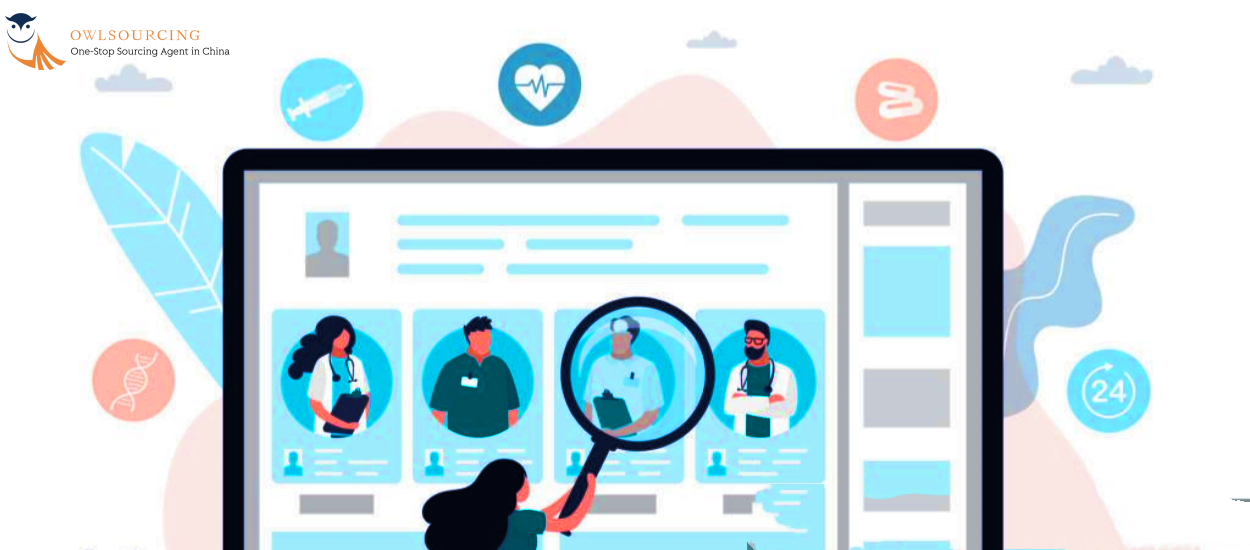
Basic trade terms and Alibaba incoterms are concepts in international trade that help clarify the roles, responsibilities, and costs associated with transactions between buyers and sellers across borders.
Definition of Basic Trade Terms
Basic trade terms are a set of standardized terms commonly used in international commerce to clarify the costs, risks, and obligations of buyers and sellers in international trade transactions.
Some of the most widely recognized trade terms are defined under the International Chamber of Commerce’s Incoterms (International Commercial Terms).
Definition of Alibaba Incoterms
Basic trade terms are a vocabulary list that parties to international business activities apply to eliminate misunderstandings about the responsibilities and liabilities of purchasing and supply in the global market.
Among the most popular ones, it is possible to identify those which are defined by the Incoterms, the terms developed by the International Chamber of Commerce.
Essential Trade Terms and Alibaba Incoterms
“The Incoterms® rules outline vital obligations of the buyer and the seller where transport and delivery occurs in business to business sales contracts, and act as standard for the calculation of some costs and risks between the buyer and the seller.”
From: ICC
The following rules apply to any mode of transport:
1. EXW: Ex Works

Under EXW, the seller is only responsible for making the goods available for collection at certain premises, maybe a factory or a warehouse and such like. The seller is not required to load the goods on any collecting vehicle, nor is the seller called upon to clear the goods for export.
Key points of EXW:
- Responsibility and Risk: The buyer bears all the risks of loss and costs concerning the movement of the goods from the seller’s place to the place of consumption. Transport costs are incurred from the moment the goods are loaded in a vehicle to the final export as well as the import charges.
- Seller’s Role: The seller’s transportation of the goods is up to the place of destination, but the goods are not unloaded from the buyer’s transport.
- Buyer’s Role: Transportation of material is the responsibility of the buyer; the buyer pays for all transportation costs and is in charge of export and import processes. The buyer also takes the responsibility of having the laden transported to the transport vehicle.
If you wish to have full control over shipping and logistics, you might consider EXW.
2. FCA: Free Carrier
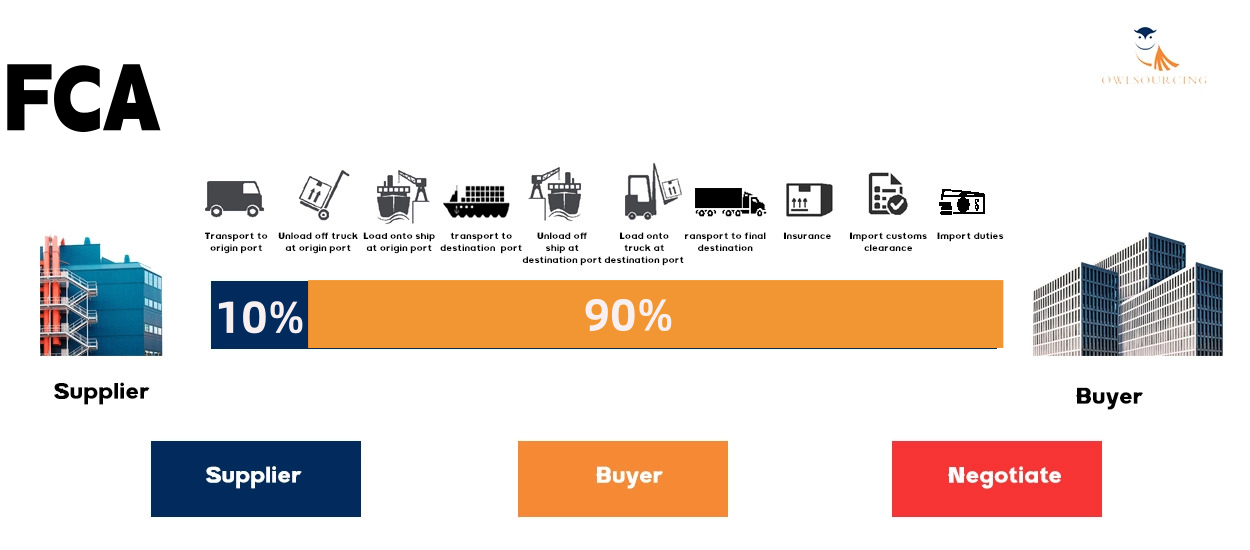
According to FCA, the seller has to tender the goods to the carrier, free from shipment, at the buyer’s desired place. This term is flexible in that the identified place of delivery can be in the business premises of the seller or any other place.
Key Aspects of FCA:
- Seller’s Responsibilities: If the delivery point is at the seller’s premises, then the seller must load the goods. If the location is somewhere else, then the seller does not need to deliver the goods.
- Buyer’s Responsibilities: The risk is that the cost of transportation is assumed by the buyer from the named place. They also deal with all the formalities that accompany export or importation.
- Risk Transfer: It occurs when risks pass from the seller to the buyer at the point when goods are delivered to the carrier at the named place of destination.
3. CPT: Carriage Paid To
According to CPT, the seller bears the cost up to a specific place of destination, but the risk passes on to the buyer when the goods are delivered to the initial carrier.
Key Aspects of CPT:
- Seller’s Responsibilities: Transportation costs from the seller’s location to the required destination are regarded as the seller’s responsibility. This involves packing and forwarding the transport means to transport the goods to the first carrier, and the cost of freight.
- Risk Transfer: This risk transfers from the seller to the buyer as soon as the goods are delivered to the first carrier, irrespective of the fact that the seller is responsible for the payment of carriage.
- Buyer’s Responsibilities: The buyer bears all risks of loss of or damage to the goods after delivery of the goods to the first carrier. Another cost that lies with the buyer is related to transportation expenses and the responsibility for import clearance.
4. CIP: Carriage and Insurance Paid To
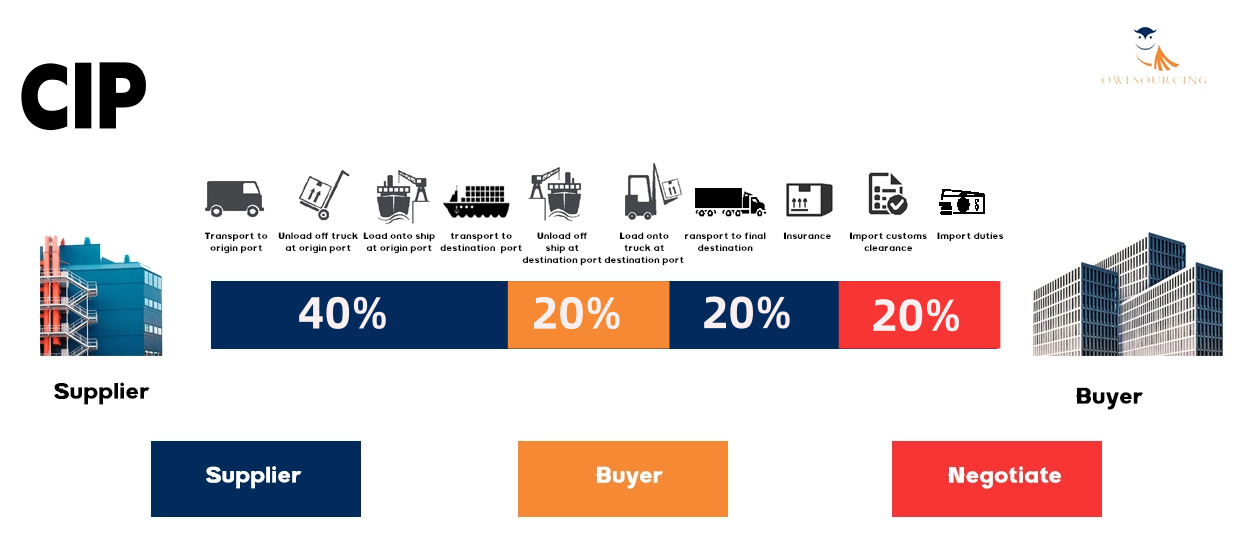
Under this term, the seller has to be involved in the carriage of the goods up to a predetermined place, and the seller has to bear the cost of the carriage.
They are also supposed to ensure the cargo against the buyer’s risk of loss of or damage to the goods during carriage.
Key Aspects of CIP:
- Seller’s Responsibilities: The freight charge and the cost of cargo insurance to the destination, as agreed by the seller, are also payable. Insurance interest must be not less than 110 percent of the contract’s value in the currency of the contract.
- Risk Transfer: The risk transfers to the buyer the moment the goods are delivered to the first carrier, even if the seller pays the transportation and insurance cost.
- Buyer’s Responsibilities: The risk of loss or damage to the goods is borne by the buyer from the point where they are turned over to the first carrier. They also have to bear all costs incidental to carriage from the named place of destination as well as the business of arranging import clearance.
Tip: CIP is rather close to CPT: however, the seller has to take the necessary measures to obtain the insurance and bear the costs.
5. DAP: Delivered at Place
Under DAP, the seller makes the goods available to the buyer, unpackaged and conditioned, at a specified place, for unloading from the transport mode that is already in motion. The risk of any cost of putting the goods in the specific location of delivery remains with the seller, besides the customs duty, charges, and taxes on imported goods.
Key Aspects of DAP:
- Seller’s Responsibilities: The seller is obliged to make arrangements for carriage and get the goods to the named places where they are ready for unloading, the carriage risk having been transferred to the buyer; the seller also bears all the risks and expenses in getting the goods to the specified destination.
- Risk Transfer: The risk passes to the buyer when the goods are tendered by the seller for unloading at the agreed-upon destination.
- Buyer’s Responsibilities: It is the buyer’s responsibility to offload the ordered goods and also bear the cost of any fees, tariffs, taxes, and other charges for importing the goods.
6. DPU: Delivered at Place Unloaded
This DPU, earlier referred to as DAT, requires the seller to make the goods available when the shipper in turn delivers at the terminal; in other words, the seller is to deliver the goods at the named place of destination once they have been unloaded from the means of transport heading in the direction of that place. DPU is special among Incoterms, and it specifies that the seller must unload the goods at the place of destination.
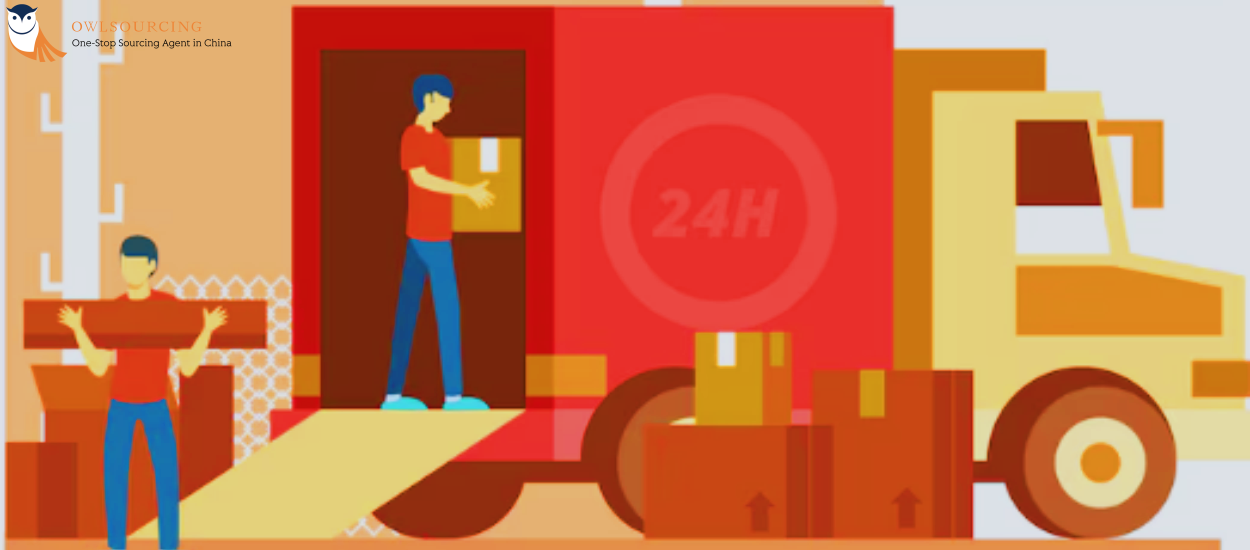
Key Aspects of DPU:
- Seller’s Responsibilities: Delivery is the final carrier, or the merchant is solely and directly responsible for the safe transportation of the goods to the specific destination and for physically transferring the goods from the transport vehicle at this particular destination.
- Risk Transfer: Shifts the risk to the buyer after delivering the goods to the specified place of delivery.
- Buyer’s Responsibilities: Subsequent transportation costs together with importation clearance duties, tariffs, and other charges are also the responsibility of the buyer.
7. DDP: Delivered Duty Paid
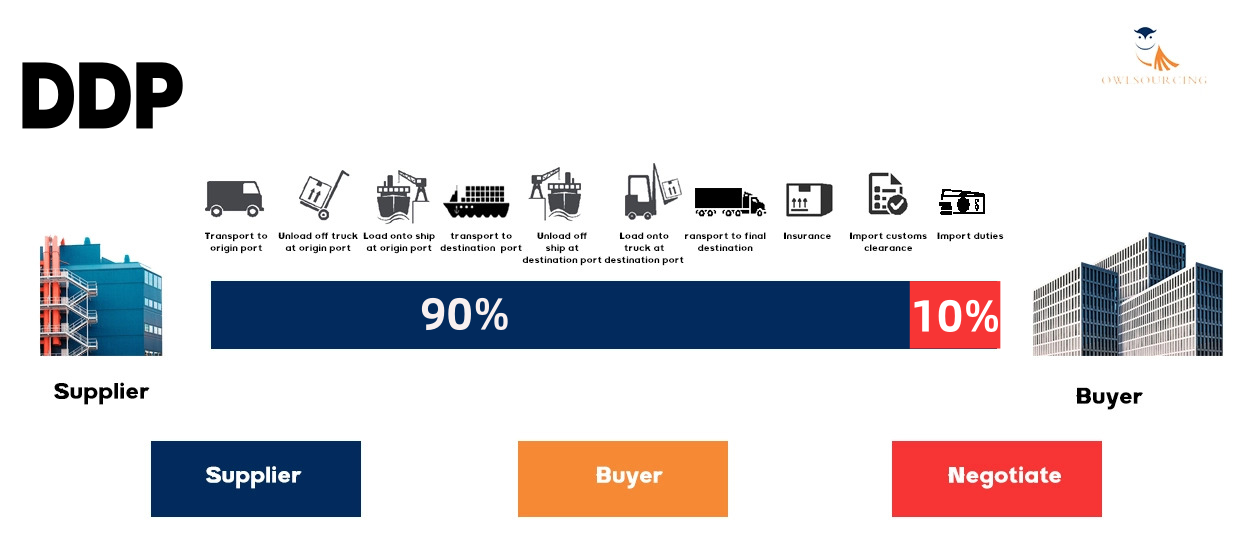
Under DDP, the buyer’s engagement is rather limited, as most of the work and risk are vested with the seller who delivers the goods to a named place in the buyer’s country and pays all the costs related to importing the goods including duties and taxes.
Key Aspects of DDP:
- Seller’s Responsibilities: The risk of loss of goods lies with the seller and he is entitled to arrange for carriage and transfer of the goods to the agreed trade terms place in the buyer’s country. This includes all costs and risks and pays all customs formalities duties taxes and other charges made in connection with importation.
- Risk Transfer: The risk passes to the buyer once the goods have been made available to him at the named place in the destination country.
- Buyer’s Responsibilities: According to DDP, the buyer has limited roles to play in the process. They are only required to take delivery of the goods on delivery and coordinate for the other means of distribution in their respective country.
The following rules apply to sea and inland waterway transport:
8. FAS: Free Alongside Ship
Under FAS, the seller is responsible for delivering the goods alongside the ship at the specified port of shipment. This means that the seller bears all risks and costs up to the point where the goods are placed alongside the vessel.
Key Aspects of FAS:
- Seller’s Responsibilities: The seller must deliver the goods alongside the ship at the named port of shipment. They are responsible for all costs and risks in bringing the goods to this point, including export clearance.
- Risk Transfer: The risk transfers from the seller to the buyer as soon as the goods are placed alongside the ship at the specified port.
- Buyer’s Responsibilities: The buyer is responsible for the cost and risk involved in loading the goods onto the ship and all subsequent transportation costs, including import clearance, duties, taxes, and other charges.
9. FOB: Free on Board

Under FOB, the seller is responsible for delivering the goods on board a ship chosen by the buyer at the specified port of shipment. The seller bears all risks and costs associated with getting the goods to the ship, including export clearance.
Key Aspects of FOB:
- Seller’s Responsibilities: The seller has to ensure that the goods reach on board the vessel at the contracted port of shipment. They bound by price and bear all risks to transport the goods up to this level including on-loading of the goods on the ship.
- Risk Transfer: The risk passes to the buyer once the goods are put on the ship at the necessary port of destination.
- Buyer’s Responsibilities: It is the duty and responsibility of the buyer once the goods are on the buyer’s side. This is all expenses and liability connected with the sea transport itself, insurance cost, the cost of clearing imported cargo and paying of import duties, taxes and other charges.
10. CFR: Cost and Freight
CFR means the cost of carriage is borne by the seller including the cost of transportation of goods to the PORT of destination. Nevertheless, any loss or damage to the goods, as well as all the extra costs in connection with the circumstances occurring after the goods have been delivered on board the vessel, shift from the seller to the buyer.
Key Aspects of CFR:
- Seller’s Responsibilities: The seller bears the risks of both purchase price and transportation costs up to the agreed port of destination. This encompasses getting the goods onto the conveyance as well as topping on the freight cost.
- Risk Transfer: The risk passes to the buyer as soon as the goods are put in the ship at the port of origin. Transportation risk is also borne by the seller, but he does not bear any duty for insuring the goods during transport.
- Buyer’s Responsibilities: This means that the buyer takes the risk on the goods as soon as they are loaded on the ship. They are also legally bound to provide necessary insurance before the shipment and are also bound to pay for them, and they are responsible for the goods when it arrive in the destination port for discharge and for customs clearance.
11. CIF: Cost Insurance and Freight
CIF is a trade term whereby the buyer is responsible for the cost of transporting the goods up to the designated port of destination while the seller takes the costs of insuring the goods during transportation. The buyer is responsible for freight and insurance, while the seller is responsible for loss of damage of the goods, and other expenses which result from circumstances after vessel loading, occurred to the goods.
Key Aspects of CIF:
- Seller’s Responsibilities: The seller ensures and incurs the transportation costs up to the indicated port of destination. They also need to include insurance of the goods during sea transport up to the port of destination.
- Risk Transfer: The risk passes to the buyer immediately as soon as the goods are put on the ship at the seller’s shipping point. Even if the card seller paid for insurance, the responsibility lies with the card buyer.
- Buyer’s Responsibilities: The buyer is also accountable for the risks of the goods as soon as they are loaded on the ship. They have the responsibility of being in charge of the goods as they reach the destination port they arrange for the offloading, clearance of the imported goods, and any subsequent transportation.
What are the primary trade terms used on Alibaba?
During your B2B trading experience with Alibaba, it is inevitable to encounter certain trade terms used by sellers. Understanding these terms will help you make informed decisions during your transactions:
1. MOQ (Minimum Order Quantity)

MOQ refers to the minimum number of units a supplier requires you to purchase in a single order. It serves as a threshold set by suppliers to ensure efficient production processes or meet economies of scale.
For further information, read this article: How to Find a Low MOQ Alibaba Supplier
2. OEM (Original Equipment Manufacturer) and ODM (Original Design Manufacturer)
| OEM VS ODM | OEM | ODM |
| Definition | A company that manufactures products based on the design and specifications provided by your company. | A company that designs and manufactures a product which is then sold by your company under their own brand. |
| Design Control | The client company controls the product design. | The manufacturing company controls the product design. |
| Branding | Products are branded by the client company. | Products are typically branded by the company purchasing the product. |
| Customization | High level of customization according to the client’s requirements. | Limited customization, as products are based on the manufacturer’s existing designs. |
| Intellectual Property | Owned by the client company. | Owned by the manufacturing company. |
| Cost | Higher due to customization and design control. | Lower, as the manufacturing company can spread the design cost over multiple clients. |
| Primary Focus | Manufacturing as per specific requirements. | Design and manufacturing efficiency. |
3. FOB (Free on Board)
The seller is responsible for delivering the goods on board the vessel at the specified port of shipment. The seller bears all costs and risks up to this point, including export duties and taxes. Once the goods are on board, the buyer assumes responsibility for the sea freight, insurance, and further transportation costs.
4. DDP (Delivered Duty Paid)
The seller assumes all responsibility and costs for transporting the goods right up to the buyer-designated warehouse, including shipping, insurance, import duties, and taxes. The seller is responsible for the entire shipping process and customs clearance in the buyer’s country.
Pitfalls to avoid when using trade terms on Alibaba:
- Misunderstanding Terms: Ensure you have a clear understanding of the specific Incoterms being used. Each term (like FOB, CIF, DDP, etc.) has specific implications for cost, risk, and responsibility. Misunderstanding these can lead to unexpected expenses or logistical challenges.
- Assuming Insurance Coverage: Under terms like CIF, while the seller is responsible for insurance, the coverage might be minimal. The buyer needs to understand what is covered and consider additional insurance if necessary.
- Neglecting Risk Transfer Points: Know precisely when the risk transfers from the seller to the buyer. For example, under FOB, the risk transfers once goods are on board the ship, so any damage during shipment is the buyer’s responsibility.
- Underestimating Logistics Complexity: Some terms may require the buyer to arrange complex logistics, like in EXW where the buyer is responsible for the entire journey of the goods from the seller’s location.
- Neglecting Contract Specifics: Ensure that all specifics are clearly outlined in your contract or purchase agreement, including the agreed Incoterm, exact delivery location, and responsibilities for each party.
- Not Consulting with a Trade Expert: If uncertain, it’s always advisable to consult with a trade expert or legal advisor, especially for complex transactions or when dealing with new markets.
If you have any questions regarding trade, Owlsourcing is more than happy to assist you. You can contact us or directly send an email to info@owlsourcing.com.

How to Ship from Alibaba
Once you’ve finalized your purchase on Alibaba, arranging shipping is the next crucial step. Here’s a general overview of the process:
- Choose a Shipping Method: Evaluate different shipping methods such as express couriers (DHL, FedEx), air freight, or sea freight. Consider factors like speed, cost, and product characteristics when making your selection.
- Request Quotes: Reach out to multiple shipping providers for quotes based on your specific requirements. Provide details such as package weight, dimensions, origin, destination, and incoterms to receive accurate quotations.
- Arrange Pickup or Delivery: Coordinate with the supplier or shipping provider for package pickup from the supplier’s location or delivery to your designated address.
- Track Shipment: Once the shipment is en route, utilize tracking services provided by the shipping provider to monitor its progress until it reaches its destination.
- Select a Shipping agent: Compare quotes from different providers based on price, reputation, experience in handling similar shipments, and customer reviews. For more information on this topic, you can refer to this article: Find China Shipping Agents

Owlsourcing Action,
“Our team members meticulously inspect the quality and specifications of each product.”
More Related Articles:
- Importing Goods from Hong Kong
- Best Items to Flip on Alibaba
- Where to Buy Products to Sell on Amazon
- Import From China to the USA
- Find China Shipping Agents
Final thoughts
Regarding the update of Basic Trade Terms Alibaba Incoterms, provides a basis of reference for both buyers and sellers. Through these terms, the respective responsibilities are clarified, making transactions more convenient for both parties.
Of course, if you have any questions or are interested in collaborating with Owlsourcing, you can email us to contact us. We look forward to communicating with you.



2 thoughts on “Basic Trade Terms Alibaba Incoterms: Detailed Explanation”
What are the responsibilities of the buyer in an EXW trade on Alibaba? I’m ready to cover costs, but I’m unsure whether EXW means I need to handle overseas shipping, customs, and other logistics, or if the seller takes care of these aspects?
Hi Amit, this question is very critical.
Under EXW (Ex Works) terms, the buyer is generally responsible for receiving the goods from the seller’s factory or warehouse and assumes all shipping costs and risks from that point on. This means that as the buyer, you are responsible for arranging international shipping, handling export and import customs formalities, paying relevant duties and taxes, and managing the shipping and logistics of your goods.
The seller’s responsibility under the EXW clause is relatively small, and it only needs to prepare the goods for the buyer to pick up at the agreed time and place. Therefore, you, the buyer, do need to deal with overseas shipping, customs, and other logistics.
It is recommended to fully communicate with the seller before proceeding with the transaction to clarify the responsibilities and obligations of both parties, as well as all costs that may be involved. If you are new to international logistics, you may consider hiring Owlsourcing. We can assist you with your business. Hopefully these tips will help you trade better.